With temperatures gradually warming, and the risk of frost diminishing, it’s the ideal time to consider what to plant in the Show-Me State. Missouri lies primarily within USDA Hardiness Zones 5 and 6, which dictates the planting schedules for various plants.
In this guide, we’ll explore the best vegetables, flowers, herbs, and landscape plants to put in the ground during March, ensuring that every green thumb gets the most out of their garden this season.
Vegetables To Plant
March is a crucial month for vegetable gardening in Missouri. This month marks the transition from winter to spring, and many cold-tolerant vegetables can be sown directly or transplanted into the garden.
Peas
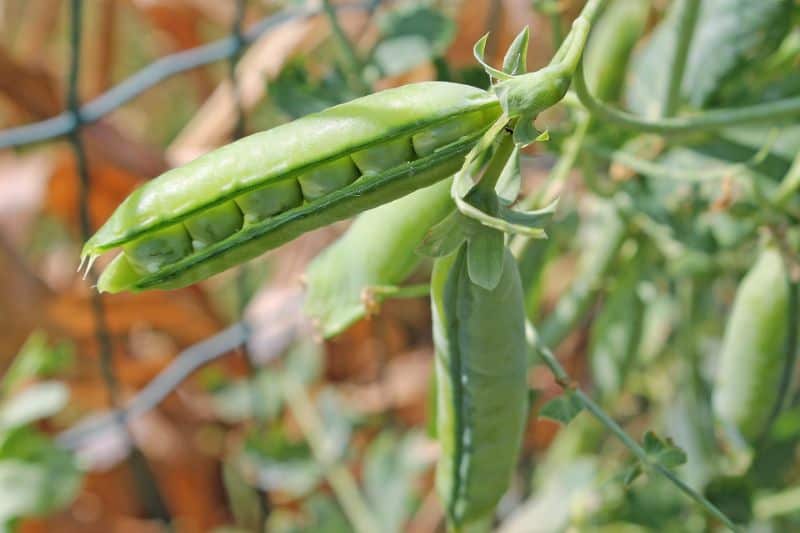
Peas are the quintessential spring vegetable. They thrive in cooler weather and can be planted as soon as the soil can be worked, typically in early March in Missouri. Pea seeds will germinate in soil temperatures as low as 40°F, making them suitable for early planting. As they grow, they prefer temperatures between 55°F and 70°F. Choose varieties like ‘Sugar Snap’ for sweet pods or ‘Little Marvel’ for bush growth. Ensure good drainage in your soil, as peas do not fare well in overly wet conditions.
Spinach
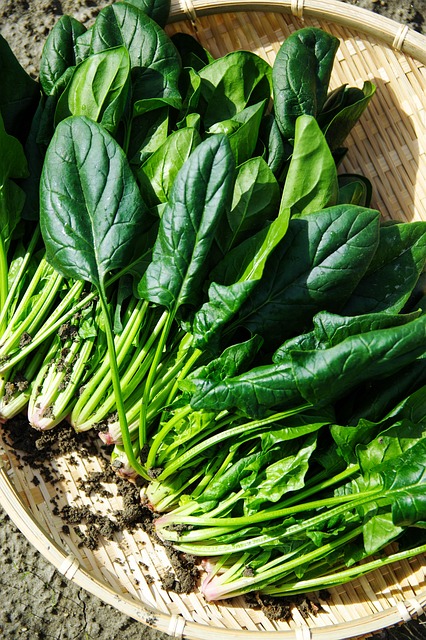
Spinach is another excellent crop for planting in March. It can withstand chilly temperatures and is often sown directly into the garden around mid-to-late March once the soil reaches about 40°F. Spinach grows best in temperatures ranging from 50°F to 60°F. Its rapid growth makes it ideal for succession planting, allowing gardeners to sow new seeds every couple of weeks. Fertile, well-drained soil is essential for healthy spinach plants, which can be harvested multiple times if picked correctly.
Lettuce
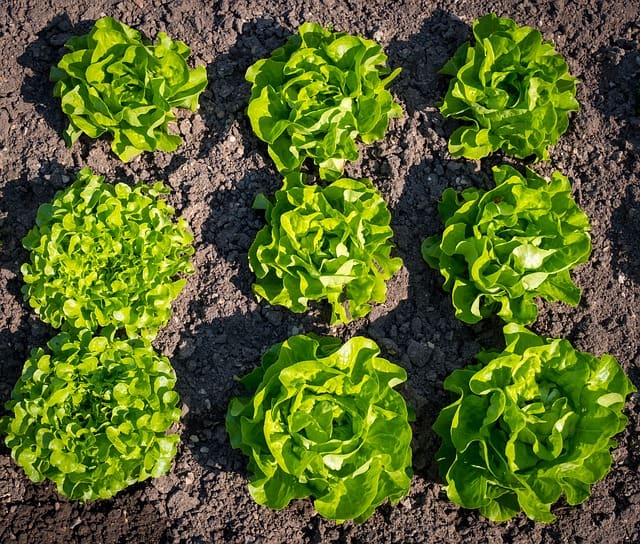
Lettuce is perfect for early spring planting. Varieties such as ‘Butterhead’ and ‘Romaine’ can be sown directly into the garden or started indoors before transplanting. In Missouri, late March is an optimal time for direct sowing. Lettuce prefers cooler temperatures and will bolt if the temperature rises above 75°F. A consistent watering schedule helps keep the soil moist but not soggy, promoting tender, flavorful leaves.
Radishes
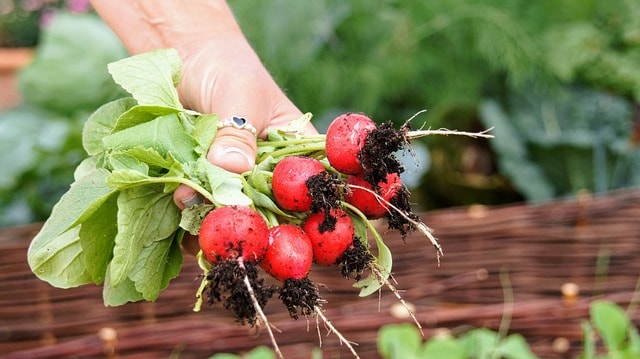
Radishes mature quickly and are easy to grow, making them a great choice for early spring. Plant them directly in the garden beginning in mid-March. They thrive in cool weather, and their seeds germinate at temperatures as low as 50°F. Radishes are great for beginners, as they can be harvested in just three to four weeks. A well-drained, loose soil promotes rapid growth, and colorful varieties like ‘French Breakfast’ and ‘Black Spanish’ can add visual appeal to your garden.
Carrots
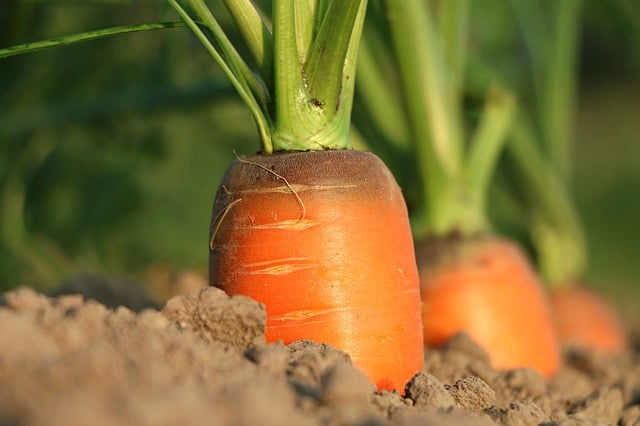
March is an ideal month to sow carrots, which can take a while to germinate but are worth the wait. Carrot seeds can be planted in the garden as soon as the soil is workable, typically mid-to-late March, in temperatures around 50°F. Carrots prefer loose, sandy soil free of rocks for optimal root growth. Varieties like ‘Danvers 126’ and ‘Nantes’ are well-suited for Missouri gardens due to their adaptability and flavor.
Beets
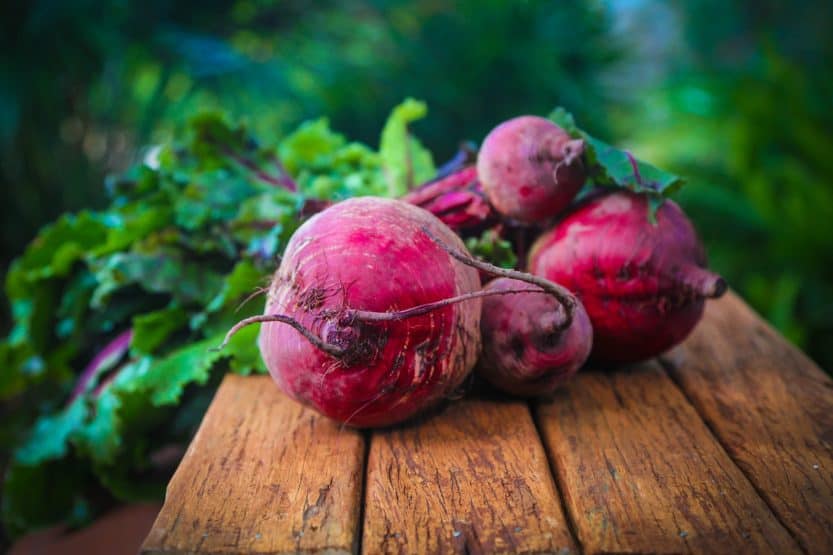
Beets are a versatile root vegetable that can be direct seeded in mid-March. They tolerate cooler temperatures and prefer growing in soil temperatures of around 50°F to 85°F. Be sure to thin seedlings after germination to allow ample space for the roots to grow; they can be harvested both for their leafy greens and for the bulbous root. The variety ‘Detroit Dark Red’ is popular for its sweet flavor and consistent growth.
Broccoli
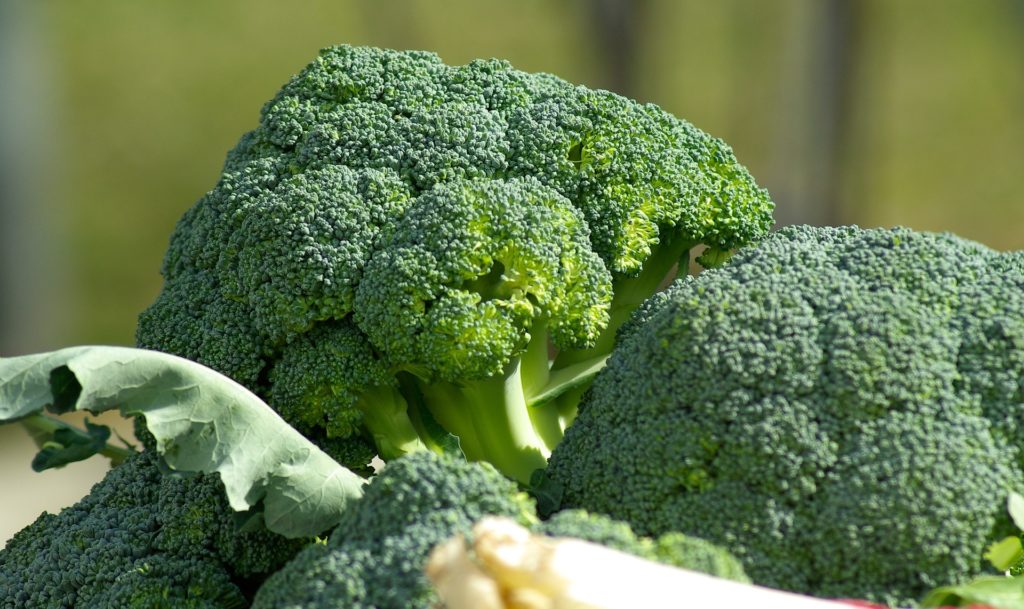
Although slightly more sensitive to frost, broccoli can be transplanted outdoors in March, especially if started indoors earlier in the season. It prefers temperatures in the 60°F to 70°F range but can withstand light frosts. Opt for varieties like ‘Calabrese’ or ‘Green Magic’ for good yields. Preparing the soil with compost will create a nutrient-rich environment that supports strong plant growth.
Cabbage
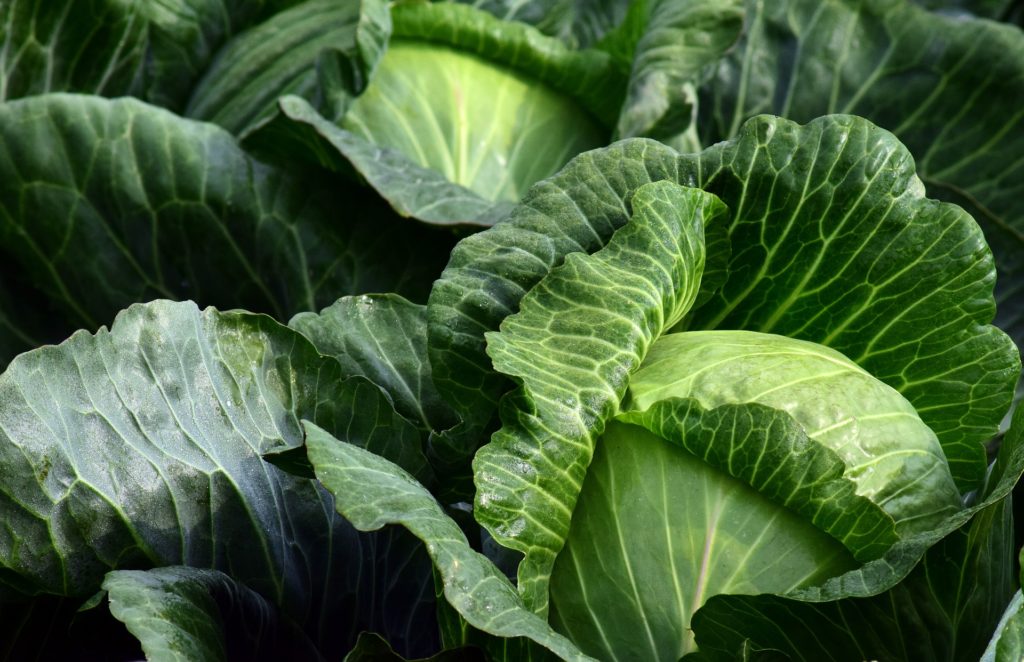
Cabbage can also be planted in March, ideally as transplants started indoors a few weeks prior. It requires cooler temperatures for optimal growth, thriving between 60°F and 70°F. Varieties such as ‘Savoy’ or ‘Green Acre’ are ideal for Missouri gardens. A well-draining, nutrient-rich soil will enhance growth, and consistent watering helps prevent splitting.
Potatoes
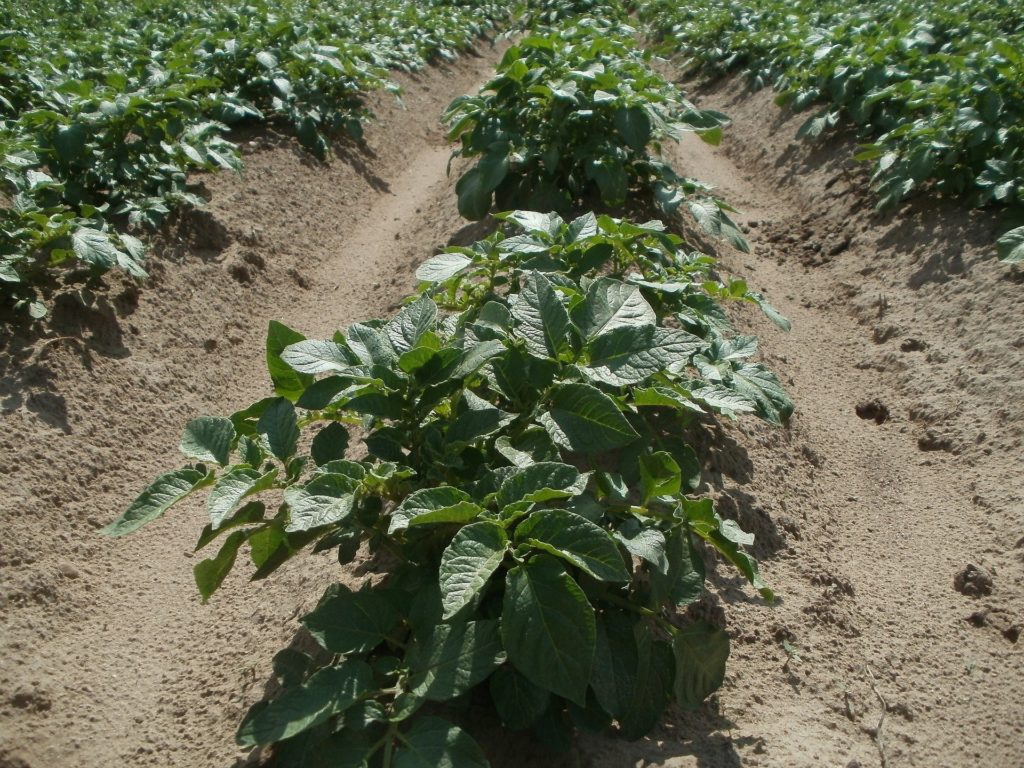
March is the traditional month for planting potatoes in Missouri. Seed potatoes can be planted directly in well-prepared beds anywhere from mid- to late March. Potatoes thrive in cooler weather with soil temperatures ideally around 45°F to 55°F. Choose disease-resistant varieties like ‘Yukon Gold’ for best results. Make sure to hill the soil around the plants as they grow to encourage tuber development.
Onions
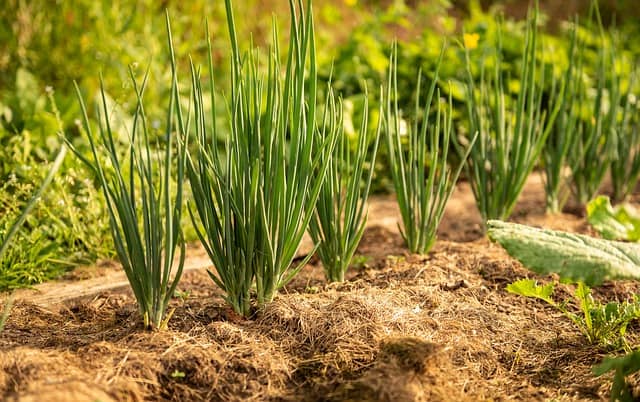
Onions can also be planted in March, either as sets or seedlings. These plants prefer cool conditions and should be started as soon as the soil warms to at least 45°F. Varieties such as ‘Walla Walla Sweet’ and ‘Yellow Granex’ are suited to the Missouri climate. Adequate spacing is crucial for proper bulb development, and ensuring consistent moisture will help produce a robust harvest.
Flowers To Plant
In March, gardeners can start to sow various flower seeds directly outdoors or transplant seedlings. Many annuals and perennials thrive in cooler temperatures, allowing for colorful blooms come summer.
Pansies
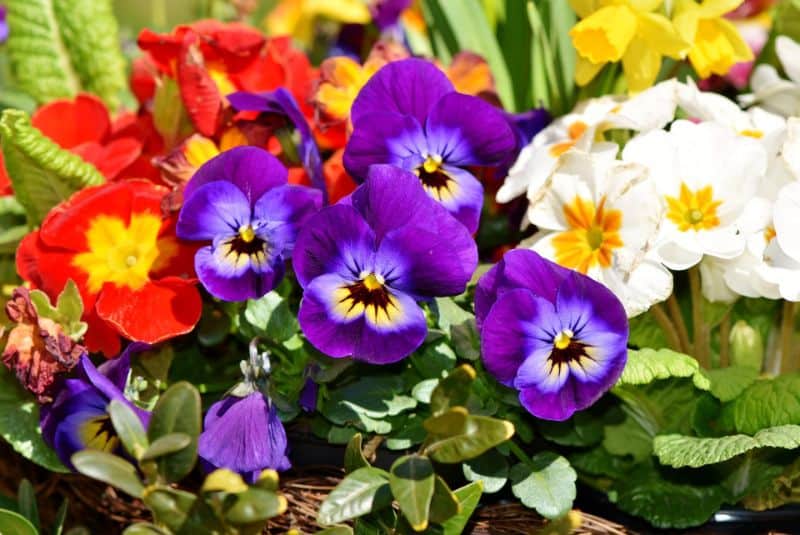
Pansies are known for their colorful blooms and are perfect for early spring planting. They can tolerate light frost and prefer to be planted in mid-to-late March in Missouri. Pansies thrive in cool weather between 50°F and 60°F. Their vibrant colors can brighten any garden, and they also make excellent container plants.
Snapdragons
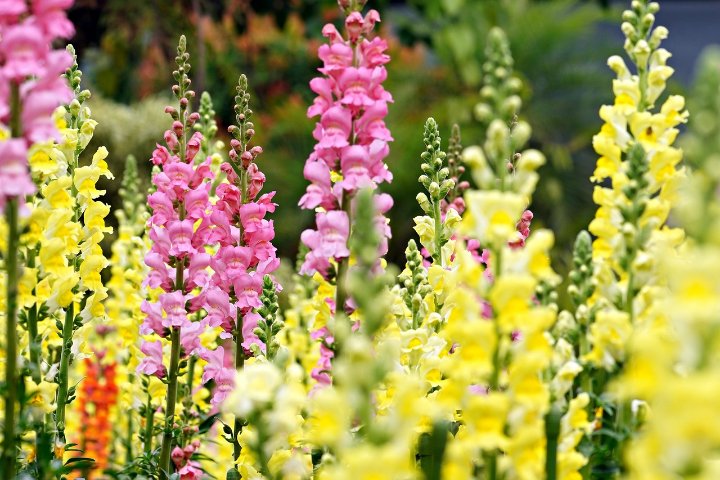
Snapdragons are hardy annuals that can be planted in March. These flowers do well in cooler temperatures and can survive light nighttime frosts. Snapdragons prefer temperatures between 55°F and 70°F for optimal growth. They come in many varieties and bloom late spring to early summer, adding height and color to floral displays.
Calendula
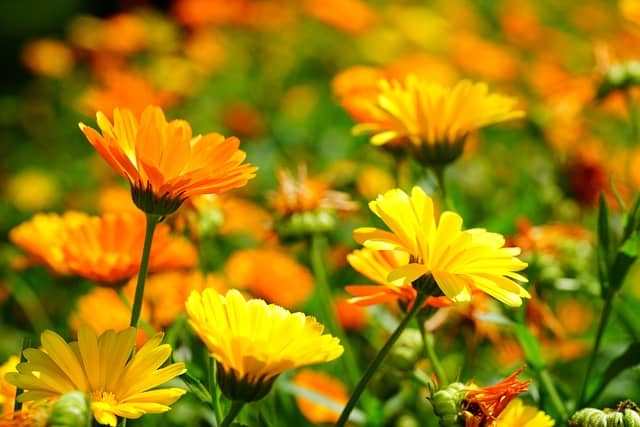
Also known as pot marigold, calendula flowers bloom beautifully in cooler weather. These hardy annuals can be sown directly into the garden by mid-March. They prefer cooler temperatures and thrive in the 55°F to 70°F range. Calendarula is not just a pretty face; it’s known for its medicinal properties and is often used in herbal remedies.
Sweet Peas
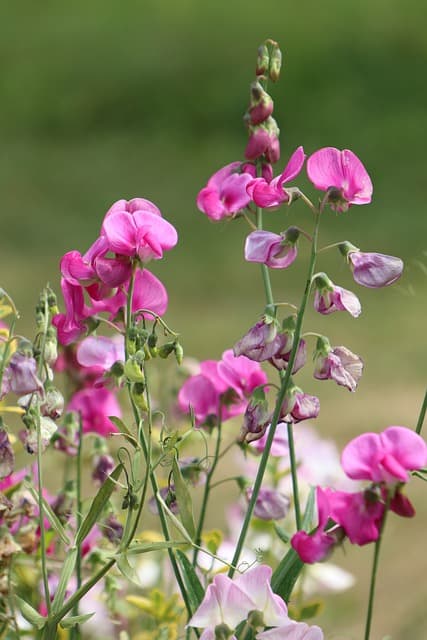
For gardeners wanting a sweet scent, sweet peas are an excellent choice. They can be sowed directly into the garden in mid-March. Sweet peas thrive in cool weather and grow best between 55°F and 70°F. Plant them in a location with full sun and provide trellising for their climbing habit. Deadheading encourages continued blooming throughout the season.
Nigella
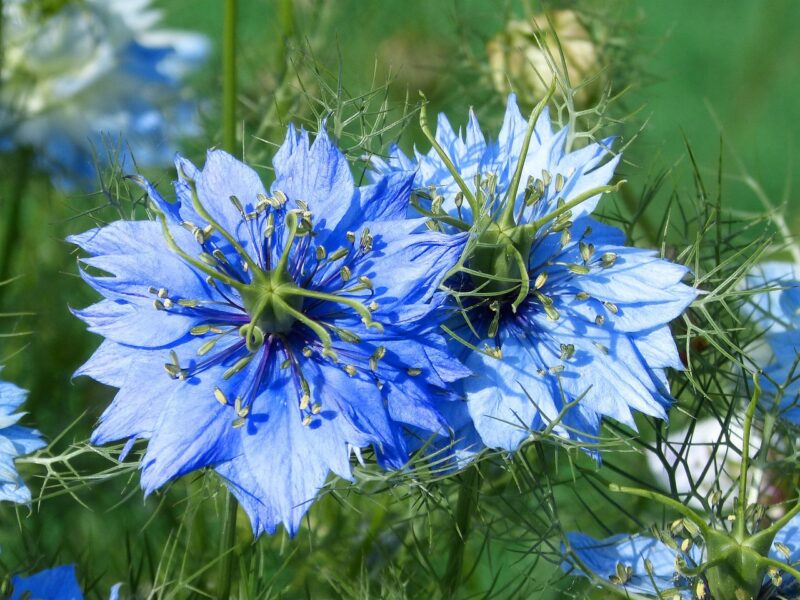
Nigella, or love-in-a-mist, is an easy-to-grow annual flower that is perfect for mid-March planting. They prefer cool temperatures and can tolerate light frost. The attractive foliage and unique flowers will add interest to your garden, and they thrive best in well-draining soil under full sun.
Lobelia
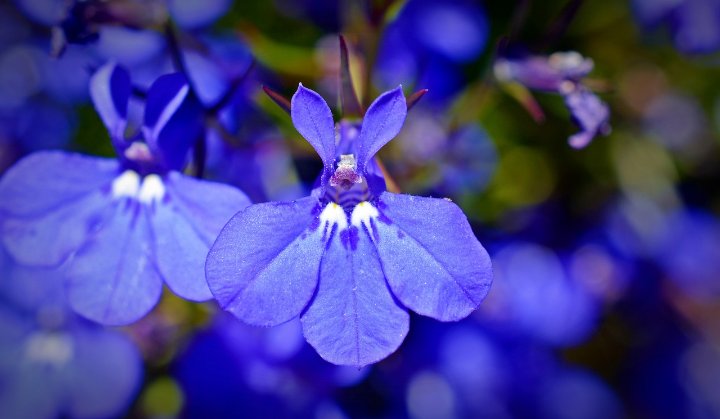
Lobelia is another cool-weather annual perfect for planting in late March. They are known for their hanging cascades of blue, purple, or white blooms. Lobelia thrives in moderate temperatures, around 60°F to 70°F, and prefers moist, well-drained soil. They are ideal for borders or containers, adding depth and color.
Dianthus
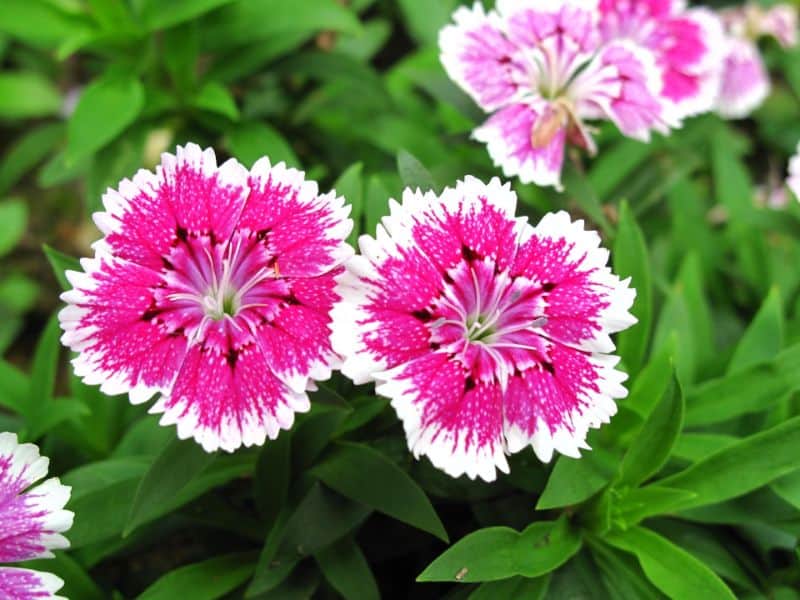
Dianthus, also known as pinks or carnations, can be planted in March. They are hardy perennial flowers that thrive in well-drained soil and cooler temperatures. Their blooming period extends from spring to late summer, offering a pleasant fragrance and attractive blooms in various colors. The best planting period is mid-to-late March in Missouri.
Coreopsis
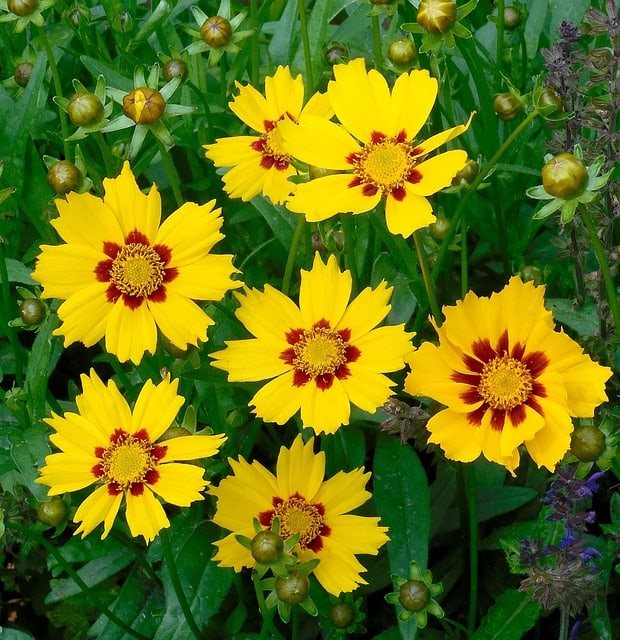
Coreopsis is a perennial flower that works well in garden beds for naturalizing or creating colorful borders. They can be direct seeded or transplanted in late March. Coreopsis is drought-tolerant and thrives in full sun. They prefer well-drained soil and can tolerate heat, making them perfect for the Missouri climate.
Phlox
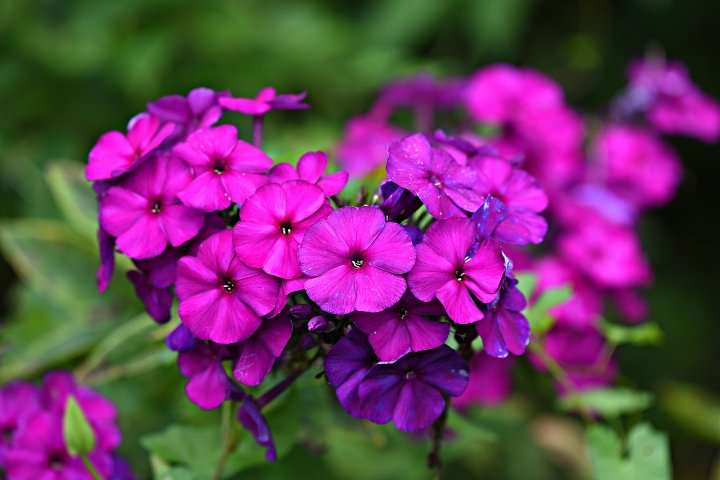
Phlox is a versatile perennial that can be planted in late March. It prefers well-drained, fertile soil and partial sun. Its vibrant clusters of flowers bloom in late spring and continue into summer. Phlox is a great addition to borders or as ground cover due to its creeping nature.
Zinnia
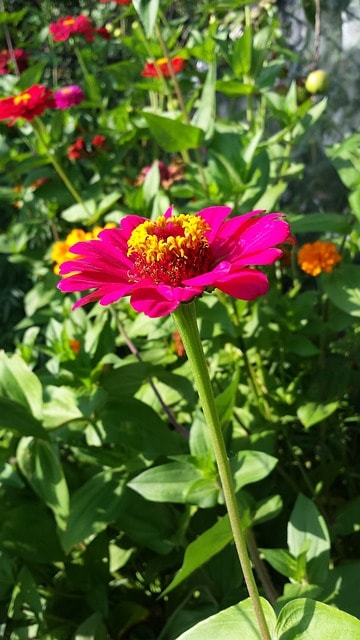
Zinnias are vibrant annuals that bring a splash of color to gardens. They can be seeded directly into the garden in late March, as they thrive in warmer temperatures and prefer full sun. Choose disease-resistant varieties like ‘Zinnia Elegans’ for best results. These flowers are also excellent for cut flower arrangements.
Herbs To Plant
March is a great month for planting herbs in Missouri, as many of them thrive in cooler weather. These culinary treasures can be directly sown in the garden, adding flavor and fragrance.
Chives
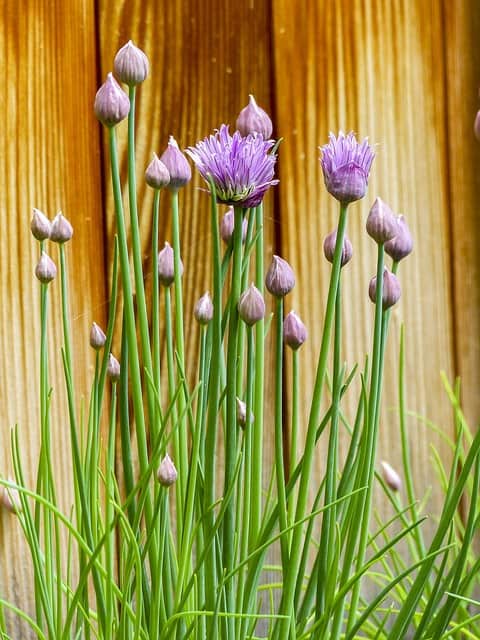
Chives are resilient herbs that can withstand cooler temperatures. They can be sown as seeds directly into the garden in late March. Chives thrive in temperatures as low as 40°F and prefer well-drained soil. Harvest the leaves regularly to encourage new growth, and their attractive purple flowers add beauty to the garden.
Parsley
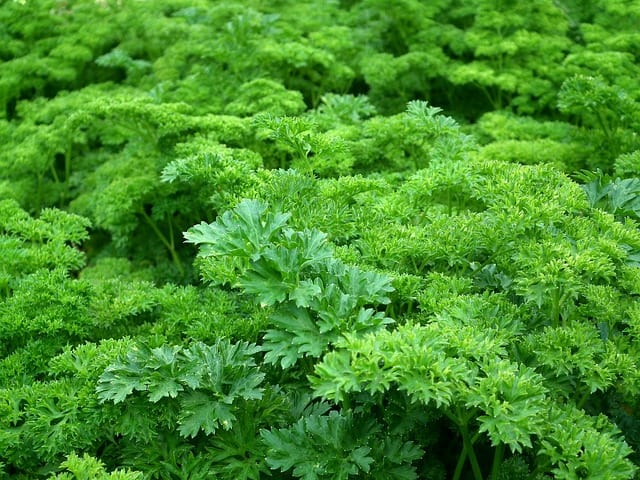
Parsley is a biennial herb typically grown as an annual, and it can be directly sown outdoors in late March. It prefers cooler temperatures for germination, around 70°F, but it can grow well in the chillier spring air. Parsley is a versatile herb that enhances many dishes and can be harvested throughout its growing season.
Cilantro
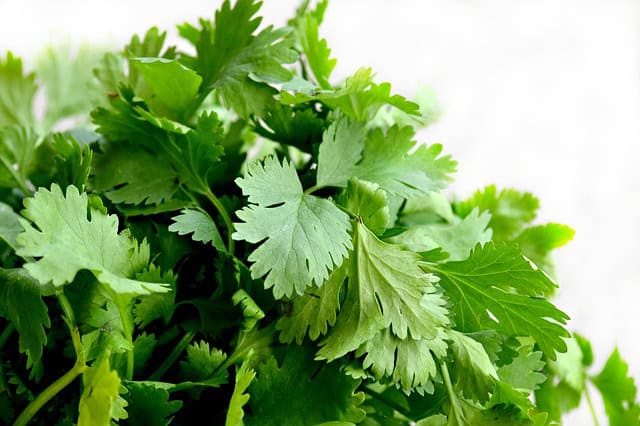
Cilantro is perfect for cool-weather planting and can be sown directly into the garden beginning in late March. It grows quickly and prefers well-drained soil. Cilantro is great for culinary use, especially in salsa and other global cuisines. Harvest the leaves before the plant bolts into flowering, which can occur as temperatures rise.
Oregano
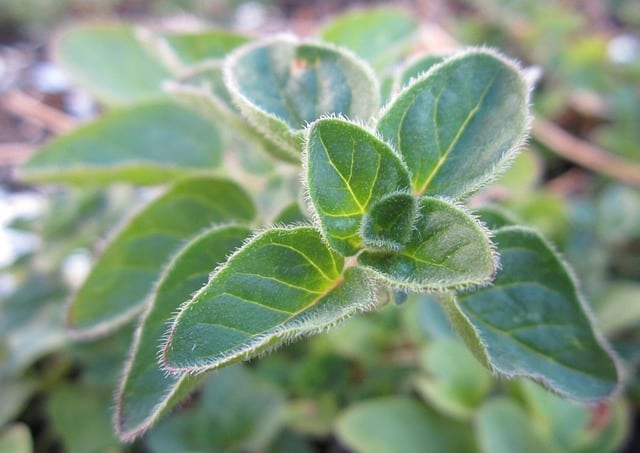
Oregano is a hardy perennial herb well-suited for planting in late March. It prefers well-drained sandy soil and can tolerate slightly cooler temperatures. Oregano is a staple in Italian and Mediterranean cooking, and its flavorful leaves can be harvested throughout the season.
Dill
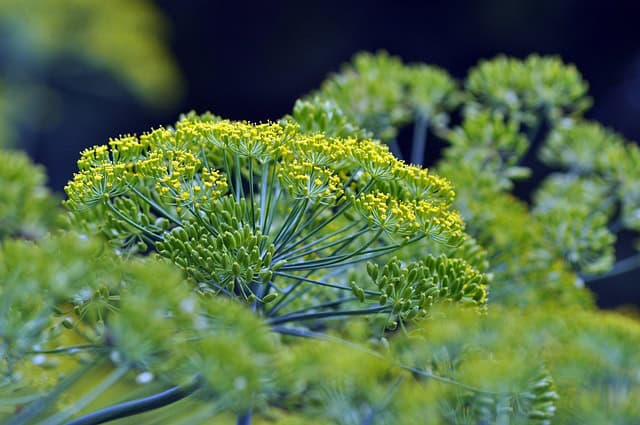
Dill is an annual herb that thrives in the cool temperatures of early spring. Sow dill seeds in the garden mid-to-late March. This herb prefers full sun and well-drained soil. Dill attracts beneficial insects and is a favorite for pickling and seasoning various dishes.
Sage
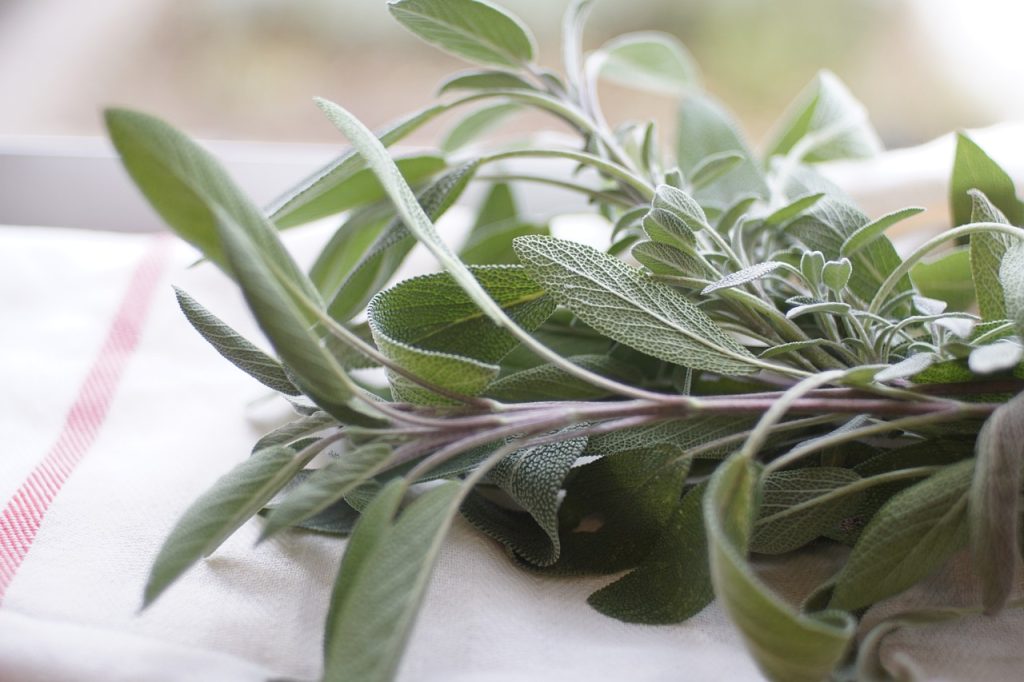
Sage is a perennial herb that can be planted in March. It does well in dry, well-drained soil and prefers full sun. Sage has a distinct flavor that enhances savory dishes. It’s hardy and can survive Missouri’s winters, continuing to provide fresh leaves season after season.
Thyme
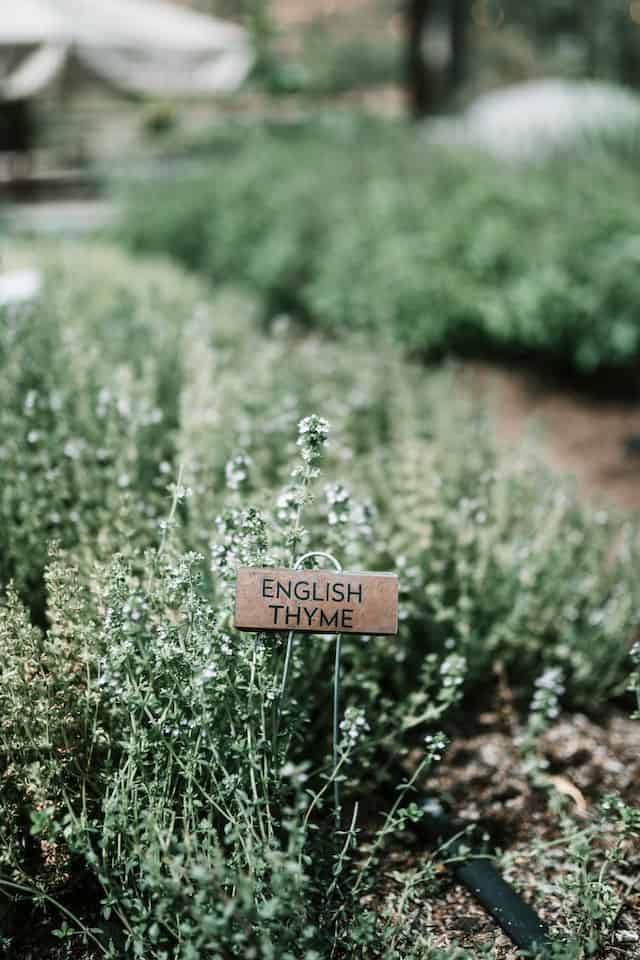
Thyme is another evergreen perennial herb perfect for March planting. It grows best in well-drained, sandy soil and benefits from full sun exposure. Thyme is drought-tolerant once established and adds flavor to a variety of dishes. Regular harvesting encourages bushy growth.
Basil
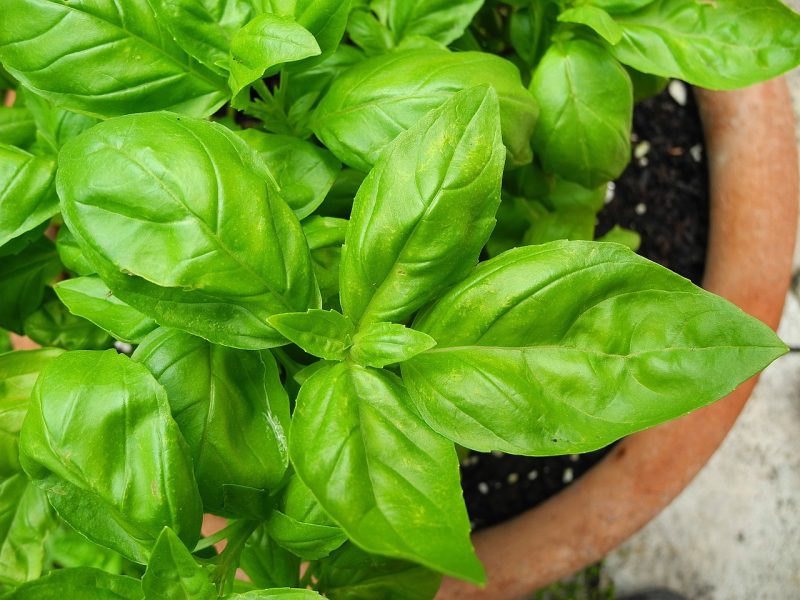
While basil is typically a warm-weather herb, depending on the microclimate, seeds can be started indoors in March for later transplantation. Basil thrives in warm temperatures ranging from 70°F to 90°F, making it ideal for later spring planting when all danger of frost has passed. Keep in mind, it is best not to plant outside until the temperatures consistently exceed 50°F at night.
Mint
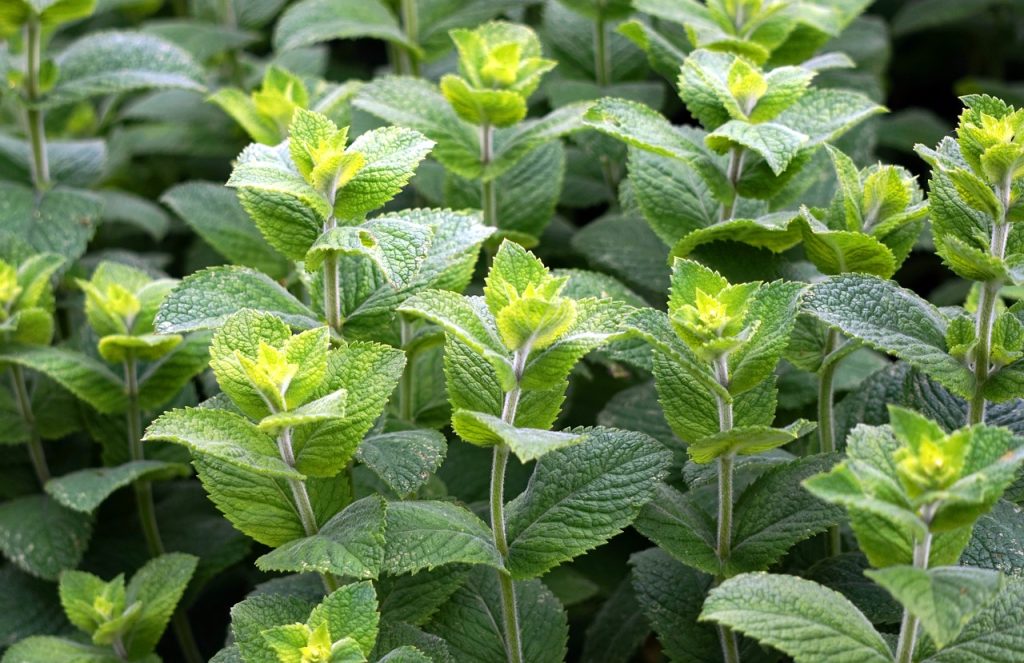
Mint can be planted in March; however, it is best to start it in containers to prevent invasive spreading. Mint thrives in cooler conditions and can grow well even in partial shade. The fragrant leaves can be used in teas, desserts, and savory dishes, offering versatility in the kitchen.
Fennel
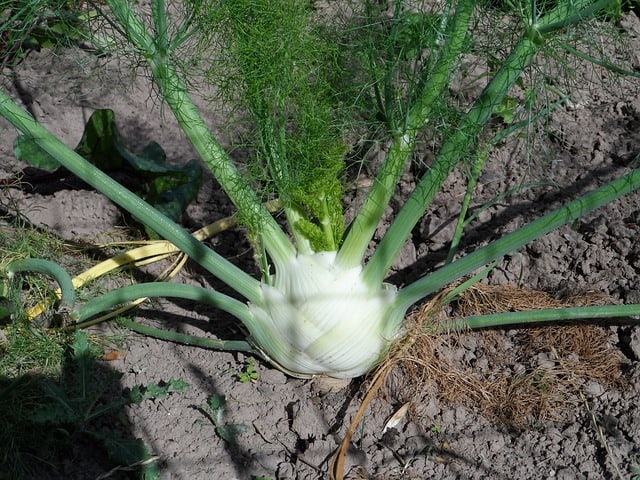
Fennel, a unique herb that is both aromatic and culinary, can be sown in late March. It prefers well-drained sandy soil and a sunny location. Fennel grows best at cooler temperatures, about 60°F to 70°F, but will continue to thrive throughout the growing season. Its bulbs can be harvested and used as a wonderful addition to salads and roasts.
Landscape Plants To Plant In March
March is not only an ideal month for vegetables, flowers, and herbs, but also for planting landscape plants. Here are some options that will thrive in Missouri’s unique environment.
Ornamental Grasses
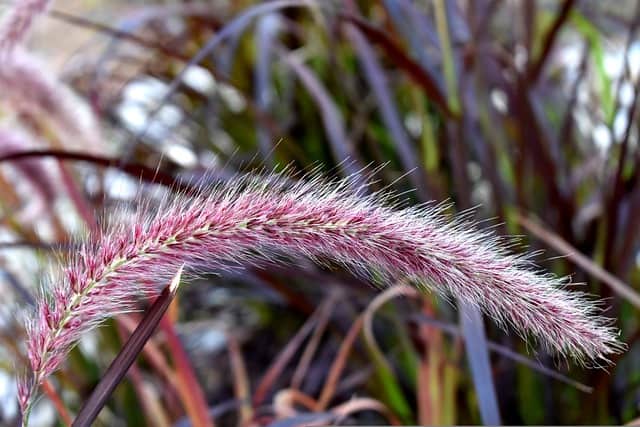
Planting ornamental grasses in March offers texture and movement to the garden. Varieties like ‘Miscanthus sinensis’ (Chinese Silver Grass) and ‘Panicum virgatum’ (Switchgrass) add architectural interest. These grasses thrive in full sun and well-drained soil, creating beautiful focal points in your landscape.
Dogwood Trees
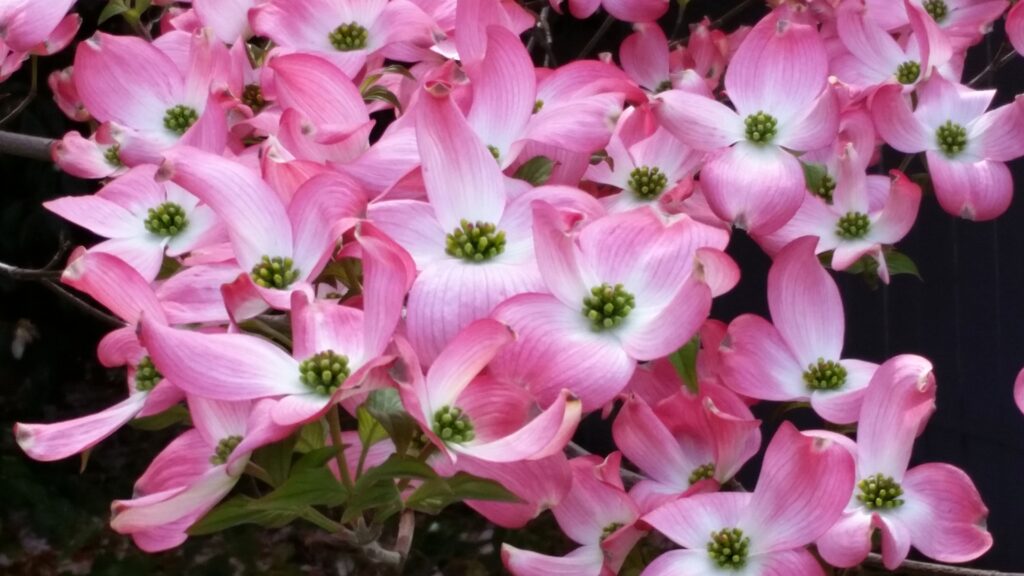
Dogwoods bring stunning spring blooms and colorful foliage in fall. Planting flowering dogwoods in March is an excellent way to beautify your landscape. These trees prefer well-drained soil and partial shade. They thrive in the moderate temperatures of early spring, making them perfect for planting this month.
Redbud Trees
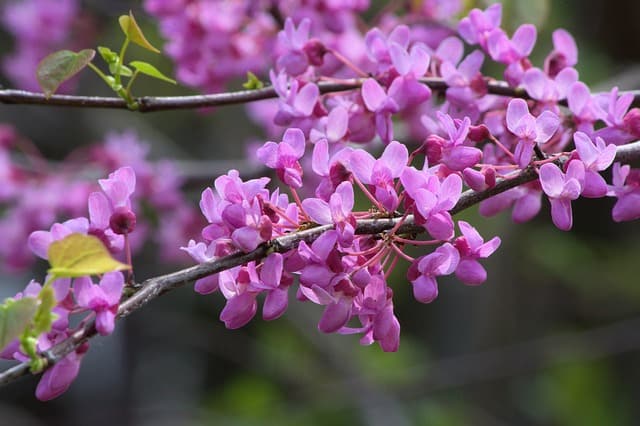
The redbud tree, Missouri’s state tree, showcases beautiful pink blooms in early spring. They thrive in rich, well-drained soil and can be planted in March. Redbuds grow well in partial shade to full sun, offering vibrant color and attracting pollinators.
Serviceberry
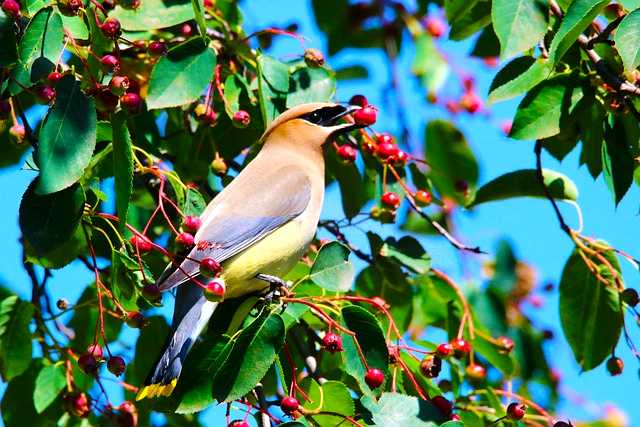
Serviceberries are attractive small trees or large shrubs that bear white flowers in early spring. They can be planted in March to take advantage of the growing season. This plant does well in moist, well-drained soil and prefers full sun to partial shade. The edible berries are a bonus for gardeners.
Hellebores
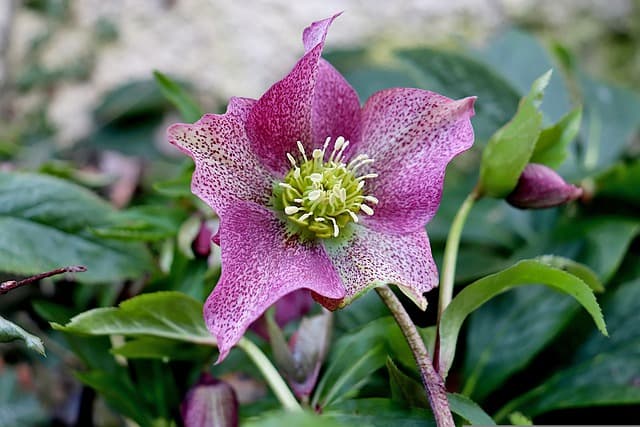
Hellebores are perennial flowers that bloom in late winter to early spring, making them ideal for March planting. They prefer the shade and thrive in moist, well-drained soil. Hellebores’ unique flowers are a welcome sight after winter and can bloom even in the presence of snow.
Hydrangeas
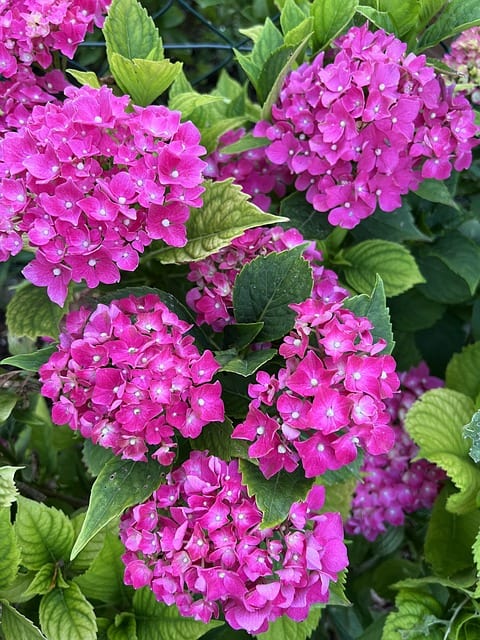
Hydrangeas are versatile shrubs that can add lushness to any landscape. Depending on the variety, they can be planted in late March when the risk of frost diminishes. They thrive in rich, well-drained soil and prefer morning sun with afternoon shade. Hydrangeas provide beautiful blooms that can last through summer.
Lilacs
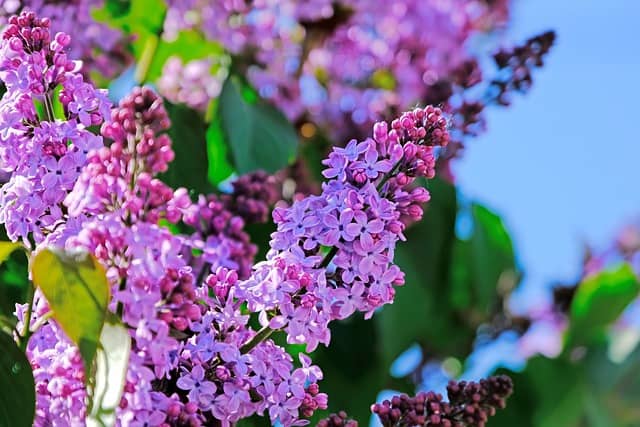
Lilacs are beloved for their intoxicating fragrance and vibrant blooms. They can be planted in late March in well-drained soil with full sun exposure. Lilacs generally thrive in cooler climates, making Missouri an ideal location for these plants. Their blooms attract butterflies and add stunning beauty to any garden.
Sedum
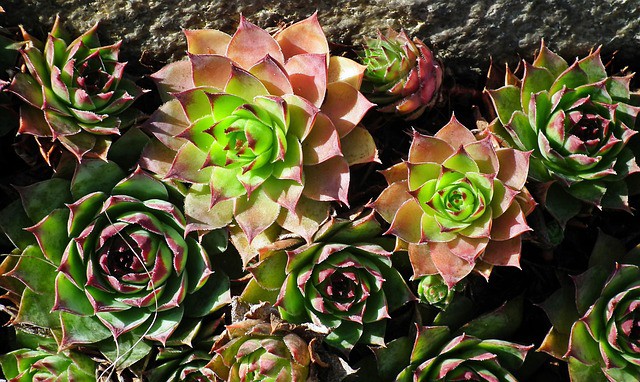
Sedum, or stonecrop, is a hardy succulent that requires little maintenance. March is an excellent time to plant sedum in well-drained soil. These plants prefer full sun and can thrive in drought conditions, making them excellent for rock gardens or as ground cover.
Blueberry Bushes
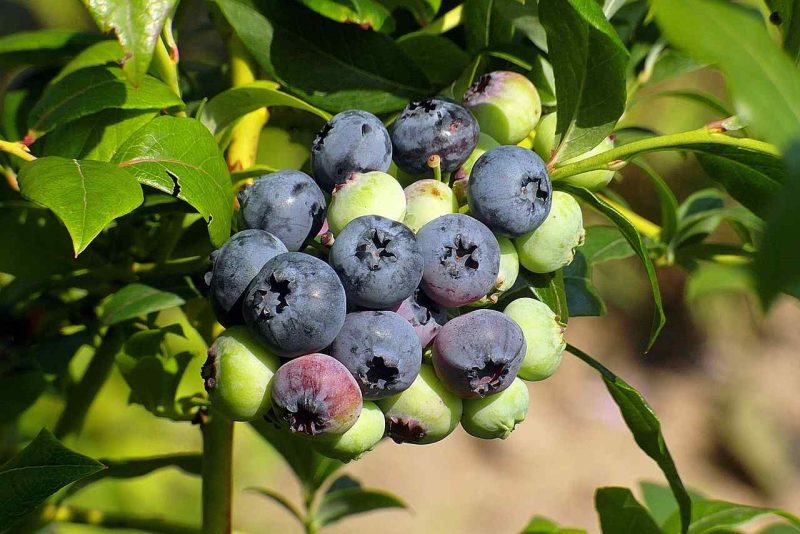
Blueberries are not only delicious but also beautiful in the landscape. Planting blueberry bushes in March allows them to establish roots before the growing season. They prefer acidic soil and full sun. Ensure proper pollination by planting multiple varieties together, which can lead to a more significant harvest.
Perennial Geranium
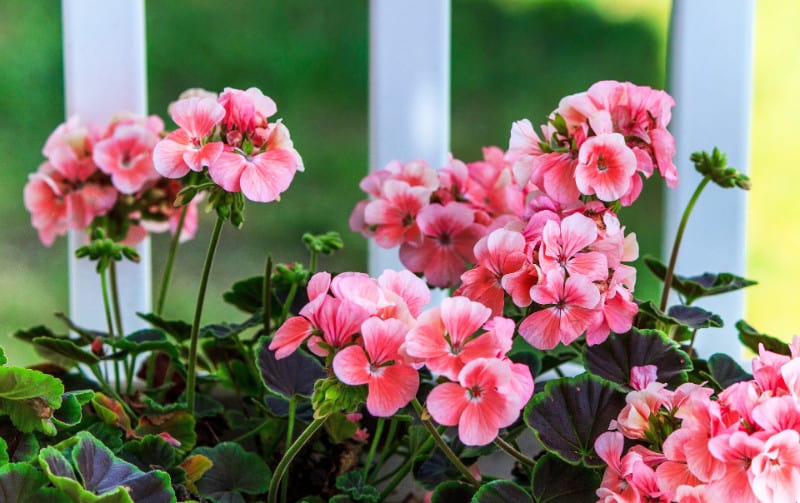
Perennial geraniums are hardy plants that bloom in spring and early summer. they can be planted in March. These drought-tolerant perennials thrive in well-drained soil and can handle partial shade. Their delicate blooms make them an excellent choice for naturalizing or creating soft garden edges.
FAQ
When is the last frost date in Missouri?
The last frost date in Missouri varies based on the specific location, but generally falls between mid-April and late April for USDA Zones 5 and 6. It’s always best to check local weather forecasts and gardens to ensure optimal planting conditions.
What if the soil is too wet to plant in March?
If the soil is too wet to work, it’s best to wait for it to dry out a bit. Planting in overly wet soil can lead to compaction and poor germination. You can prepare for planting by checking the drainage of your garden beds or by adding organic matter to improve soil structure.
Can I plant annual flowers right away in March?
While many hardy annuals can be planted in March, it’s essential to recognize that some warmer-season annuals should wait until the danger of frost has passed. Starting seeds indoors or waiting until later in April may yield better results for sensitive varieties.
What should I do if I miss the March planting window?
If you miss the March planting window, all is not lost. Many cool-season crops can still be planted in early April, and many warm-season crops can be started in late April or May once all chances of frost have passed.
How can I prepare my garden for planting?
To prepare your garden for planting in March, start by clearing debris from winter, testing the soil pH, and enriching your soil with compost or organic matter. Turn the soil to a fine texture to promote root development and moisture retention.
What can I do to attract pollinators to my garden this month?
Planting flowers such as pansies, snapdragons, and other early bloomers can attract early pollinators. Additionally, providing water sources such as shallow dishes or birdbaths will help support local wildlife.
Are there any important watering tips for new plantings in March?
Water newly planted seeds and seedlings consistently but avoid overwatering. Check for soil moisture regularly, especially if the temperatures vary widely between day and night. Newly planted herbs and vegetables appreciate moisture but should not sit in waterlogged soil.
What are the best ways to protect plants from late frost in the spring?
To protect your young plants from potential late frost, consider using row covers, blankets, or cloches to shield them overnight. You can also mulch to retain soil warmth and help moderate temperature fluctuations. Observing local weather reports will help you stay ahead of frost threats.





